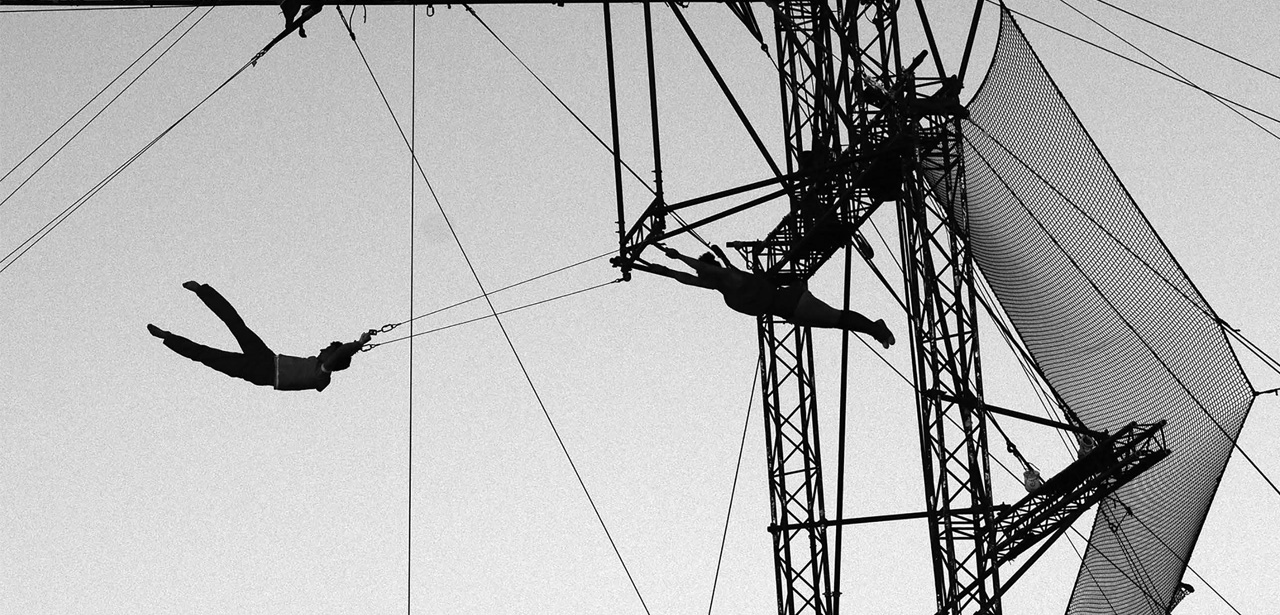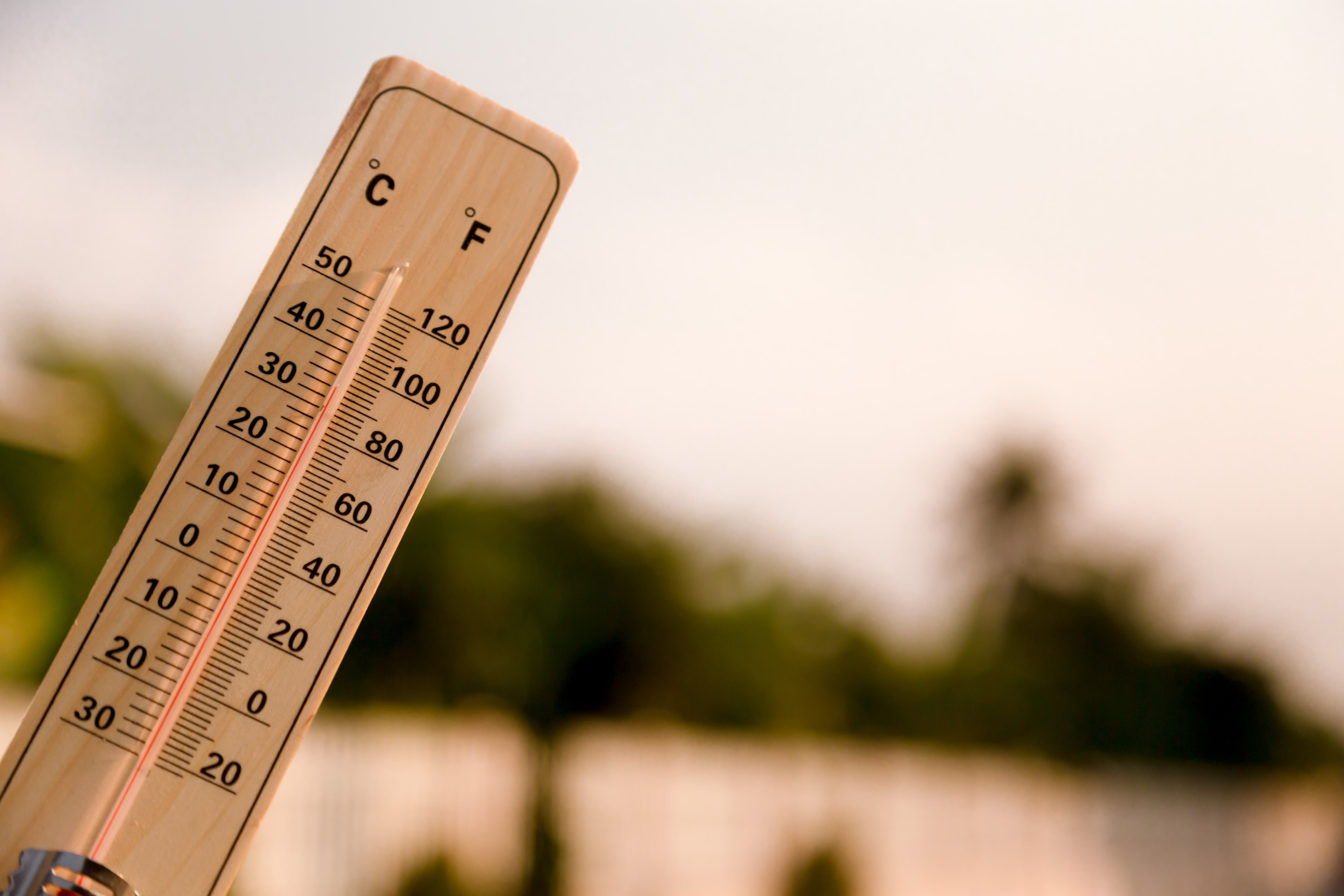OBJECTIVE: To investigate the relationship between selenium status, thyroid Volume and gland echostructure. DESIGN: Cross-sectional. METHODS: In 792 men (45-60 Years) and 1108 women (35-60 Years) from the SU.VI.MAX study, thyroid Volume and gland echostructure were determined ultrasonographically. At baseline, thyrotropin, free thyroxine, selenium, zinc, alpha-tocopherol, beta-carotene, retinol, urinary iodine and thiocyanate concentrations were measured. Alcohol consumption, smoking, and menopausal status were assessed by a questionnaire. A stepwise linear and a logistic regression model were used, adjusting for antioxidant vitamins, trace elements status and age. RESULTS: In women, there was an inverse association between selenium status and thyroid Volume (P=0.003). A protective effect of selenium against goiter (odds ratio (OR)=0.07, 95% confidence interval (CI)=0.008-0.6) and thyroid tIssue damage (OR=0.2, 95% CI=0.06-0.7) was observed. There was no evidence of an association between menopausal status and other antioxidant elements, thyroid Volume or thyroid hypoechogenicity. Smoking, but not alcohol consumption, was associated with an increased risk of thyroid enlargement in women (OR=3.94, 95% CI=1.64-9.48). No association between thyroid Volume, thyroid structure or selenium was found in men. CONCLUSION: Our findings suggest that selenium may protect against goiter. Selenium was related to thyroid echostructure, suggesting it may also protect against autoimmune thyroid disease.
Auteur : Derumeaux H, Valeix P, Castetbon K, Bensimon M, Boutron Ruault MC, Arnaud J, Hercberg S
European journal of endocrinology, 2003, vol. 148, n°. 3, p. 309-15


